How to Choose a Fishing Spinning Reel and Rod Holder: A Guide for Beginners and Experts
Fishing isn’t just about patience and a great spot by the water—it’s about having the right gear to make the experience enjoyable and successful. Whether you're a seasoned angler or a beginner just starting to dip your toes into the world of fishing, having the right tools can make all the difference. Two essential pieces of gear that can elevate your fishing game are the spinning reel and the rod holder.
When you're ready to buy a spinning reel and buy a rod holder, the variety of options can seem overwhelming. With so many designs, sizes, and features to choose from, how do you know what will best suit your needs? Don’t worry! In this guide, we’ll break down everything you need to know about choosing the right spinning reel and rod holder. We’ll explore different reel designs, the purpose of rod holders, and the best choices for various fishing styles, so you can fish with ease and comfort.
1. What to Look for When You Buy a Spinning Reel
A good spinning reel is the backbone of any fishing setup. It’s your primary tool for casting, reeling in fish, and managing your line. But with so many spinning reel designs out there, how do you know which one will work best for you?
A. Spinning Reel Basics
A spinning reel is designed to hold the fishing line and help you cast it into the water. It features a fixed spool (the part that holds the line), a bail arm (which controls the line release), and a handle to reel it in. It’s one of the most popular reel types due to its ease of use and versatility for all kinds of fishing. Here are a few key things to consider when choosing a spinning reel.
B. Size and Weight
When shopping for a spinning reel, the size and weight of the reel are important factors to think about. The size of the reel typically corresponds to the line capacity and the type of fish you’re targeting. A larger reel is great for deep-sea fishing and larger fish, while a smaller reel is perfect for light freshwater fishing.
- Small Reels (1000-3000 Series): These are great for trout, panfish, and other small species. They’re lightweight and easy to handle, making them perfect for beginners.
- Medium Reels (4000-5000 Series): These are versatile and can be used for a wide variety of fish, including bass, walleye, and catfish. They offer a good balance between line capacity and reel strength.
- Large Reels (6000 and above): These reels are designed for big game fishing. They have a larger line capacity and are perfect for saltwater fishing, where you might need to handle large fish like tuna, sharks, or marlin.
In general, aim for a reel that’s balanced with your rod—too large or too small can cause discomfort when fishing for long periods of time.
C. Gear Ratio
The gear ratio of a spinning reel refers to how many times the spool rotates for each turn of the handle. It’s expressed as a number, such as 5.2:1 or 6.4:1. A higher gear ratio means you can retrieve your line faster, which is helpful for fast-moving fish or when you need to quickly pull in your line.
- Low Gear Ratio (3.0:1 to 5.0:1): These reels are great for larger fish, as they provide more torque for reeling in heavy fish.
- High Gear Ratio (6.0:1 to 7.0:1): These reels allow for quicker retrieval and are perfect for fishing in fast-moving waters or when you need to reel in fish quickly.
If you're not sure what to go for, a gear ratio around 5.2:1 is a great middle ground for most types of fishing.
D. Drag System
The drag system controls the tension on the line when a fish pulls away, preventing it from snapping. The drag helps you fight the fish, giving you a better chance of reeling it in without damaging your line. There are two main types of drag systems.
- Front Drag: These are more powerful and allow for finer adjustments. They tend to be the go-to choice for big-game anglers.
- Rear Drag: These are easier to adjust and are generally found on smaller reels for light freshwater fishing.
When buying a spinning reel, make sure to check the drag capacity. A higher drag rating means the reel can handle bigger fish with ease.
E. Material and Durability
Fishing reels need to be durable and corrosion-resistant, especially if you plan on fishing in saltwater. Look for reels made of materials like aluminum, graphite, or stainless steel. These materials are lightweight, rust-resistant, and built to last.
- Graphite: Lightweight and resistant to corrosion, graphite reels are great for freshwater fishing.
- Aluminum: Known for its strength and durability, aluminum reels are suitable for both freshwater and saltwater fishing.
- Stainless Steel: Excellent for saltwater use, stainless steel is strong, durable, and resistant to corrosion.
2. What to Look for When You Buy a Rod Holder
A rod holder is an essential accessory for any angler, providing a safe and stable place to store your rod when you're not actively fishing. Rod holders come in different designs, each suited to various fishing environments and techniques. Let’s look at the options and features to consider when selecting the best rod holder for your needs.
A. Types of Rod Holders
-
Clamp-On Rod Holders: These are designed to attach to a boat’s gunwale, railing, or other parts of the vessel. They are secure and adjustable, making them perfect for anglers who need flexibility when fishing from a boat.
-
Flush Mount Rod Holders: These are installed directly into the surface of a boat, providing a clean, sleek look. Flush mounts are great for anglers who want a permanent, low-profile solution that doesn’t take up much space.
-
Vertical Rod Holders: These are ideal for shore or bank fishing, as they allow you to keep your rods upright while you wait for a bite. They're commonly used by anglers who fish from piers, docks, or rocky areas.
-
Horizontal Rod Holders: These hold your rods horizontally, perfect for keeping multiple rods secured and ready to go when fishing with multiple lines or using live bait.
B. Materials and Durability
Rod holders come in a variety of materials, each offering its benefits:
-
Plastic Rod Holders: These are often lightweight and affordable but may not offer the same level of durability as metal options. They're best suited for light to medium use, such as freshwater fishing.
-
Stainless Steel Rod Holders: Stainless steel is resistant to corrosion, making it ideal for saltwater fishing. It’s stronger and more durable than plastic, though it’s typically more expensive.
-
Aluminum Rod Holders: Lightweight and resistant to rust, aluminum rod holders are a solid choice for both freshwater and saltwater use. They’re not as durable as stainless steel but still offer good corrosion resistance and strength.
C. Adjustable Rod Holders
When you’re out on the water, conditions can change quickly—whether it’s the direction of the wind, the type of fish you’re targeting, or simply how your boat is positioned. That’s why having an adjustable rod holder is so important. Look for holders that offer flexibility in angle adjustments so you can position your rod at different heights or angles, depending on your fishing needs.
D. Portability
For those who like to fish in different locations, portability is key. Some rod holders are designed to be portable and can be easily removed when not in use. Look for models that are lightweight, easy to install, and can be taken on and off without much effort.
E. Mounting Options
When choosing a rod holder, consider how it will be mounted. Clamp-on holders are great for temporary setups or if you want to move the holder around easily. Flush mount holders are perfect for permanent installations on your boat. Make sure to choose one that suits your fishing style and setup.
3. Spinning Reel and Rod Holder Pairing Tips
Now that you know what to look for in both spinning reels and rod holders, you may be wondering how to pair them effectively. Here are a few tips to ensure your reel and holder work together:
-
Balance: Make sure the rod holder you choose is strong enough to handle the weight of your spinning reel and rod. If you plan on using a large spinning reel, a sturdy rod holder is essential.
-
Compatibility: Check that the rod holder fits your rod’s design. Some rod holders are adjustable, but not all can accommodate every rod type. Be sure the size is appropriate for the rod you plan to use.
-
Purpose: Think about how you’ll be using both the reel and the rod holder. If you’re fishing in a boat, you’ll want a rod holder that can handle the movements of the boat and the weight of the fish. If you're fishing from shore, portability and easy adjustments will be more important.
4. Conclusion: Choosing the Best Spinning Reel and Rod Holder for You
Choosing the right spinning reel and rod holder can make a world of difference in your fishing experience. Whether you're buying a spinning reel to handle that monster bass or choosing the perfect rod holder to secure your gear, there’s a lot to think about. By considering the size, drag system, material, and design of your reel, as well as the type, durability, and adjustability of your rod holder, you'll be ready for whatever your next fishing adventure brings.
Remember, no matter your skill level, fishing is about enjoying the great outdoors, and with the right equipment, you're sure to make the most of every cast. So, the next time you're looking to buy a spinning reel or buy a rod holder, use these tips to find the perfect match and fish with confidence! Buy fishing reels and rod holders at CycloneSale.com for all your fishing and boating needs today!


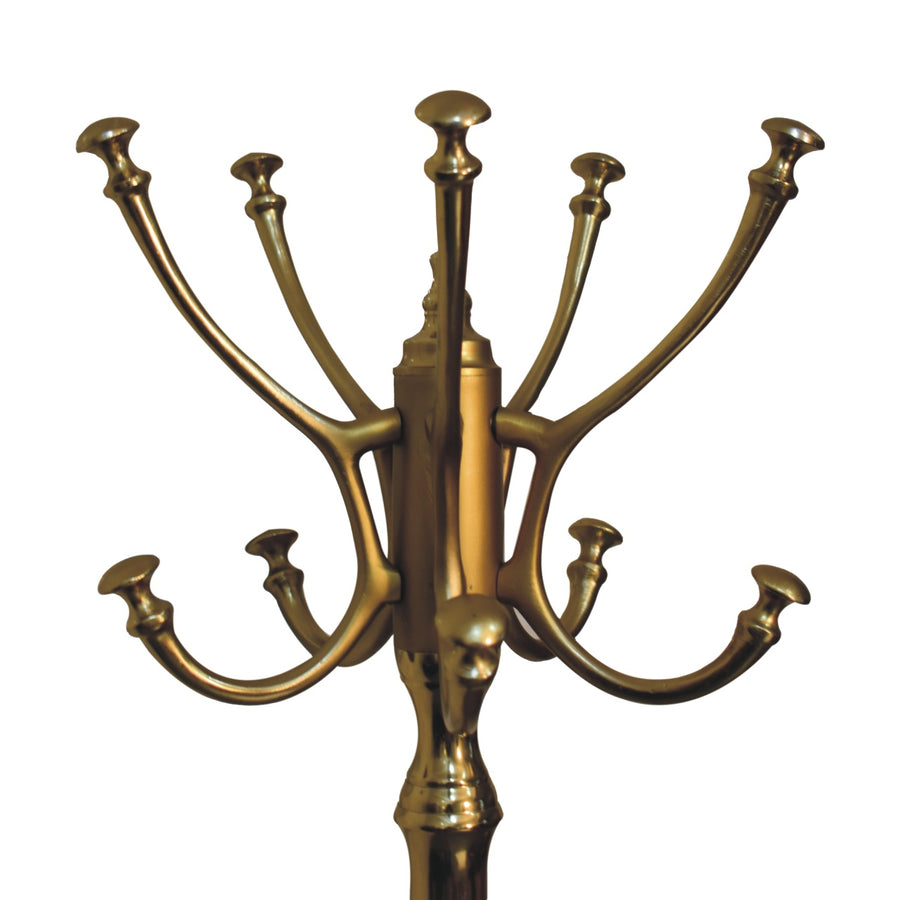
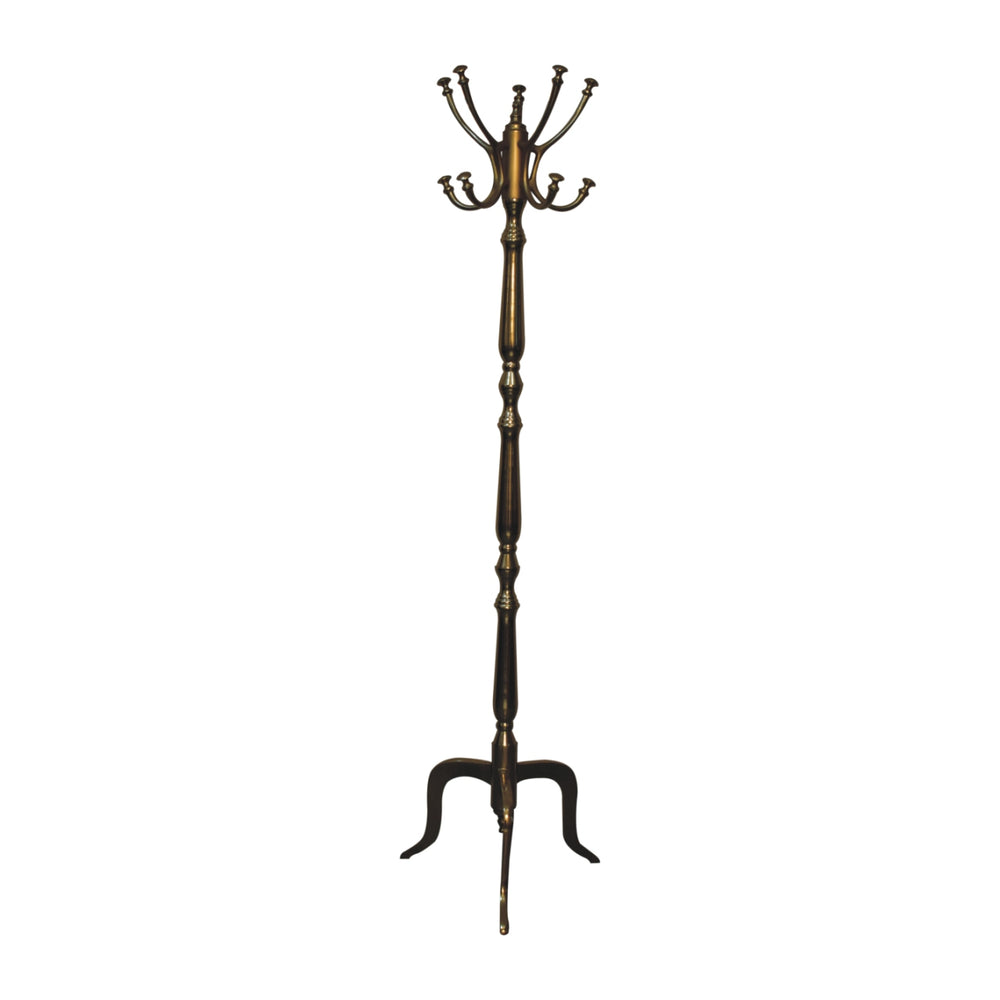
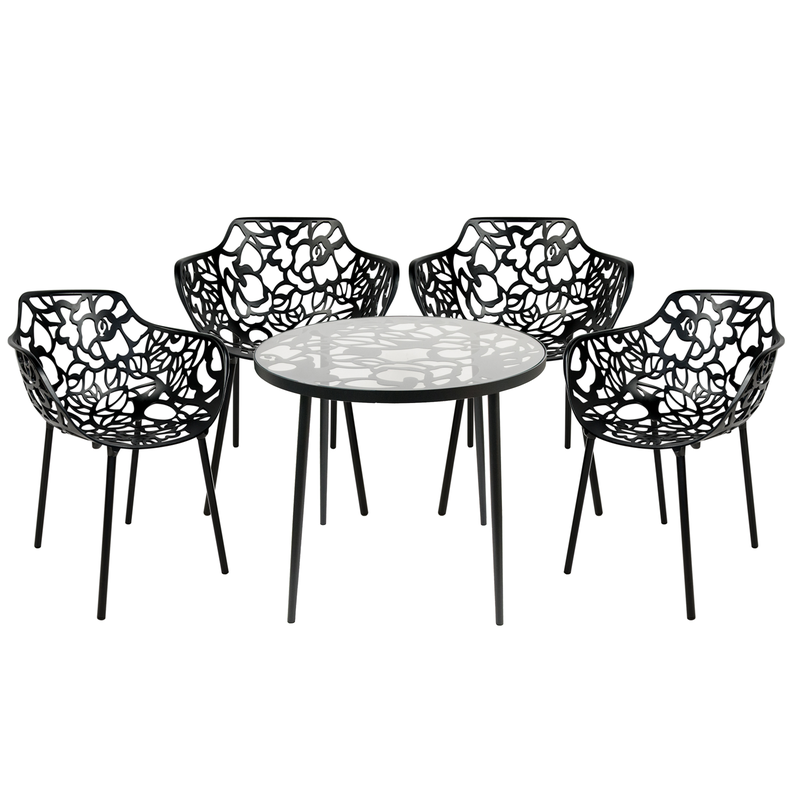
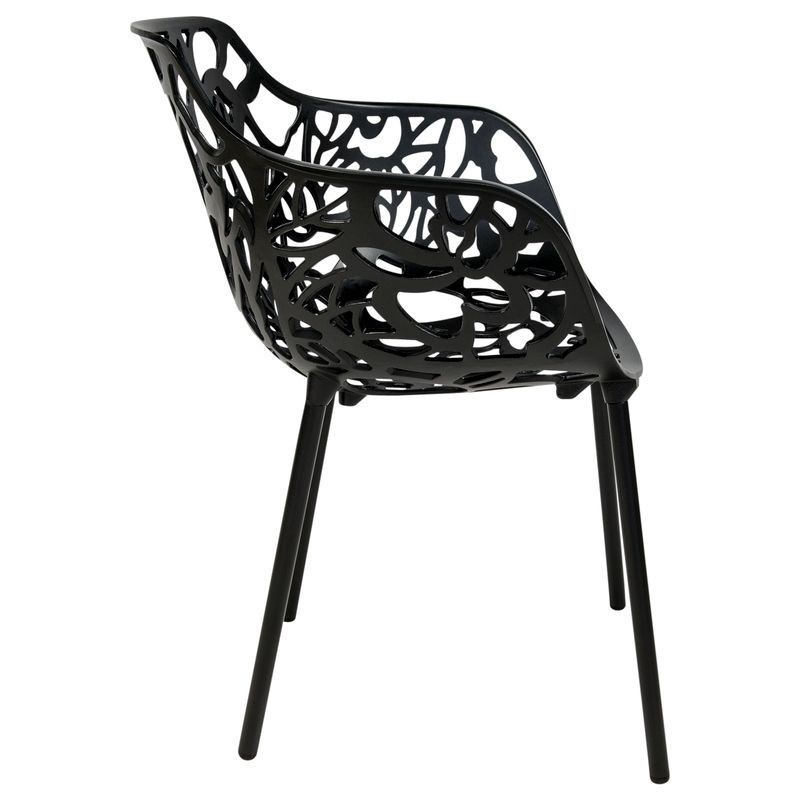
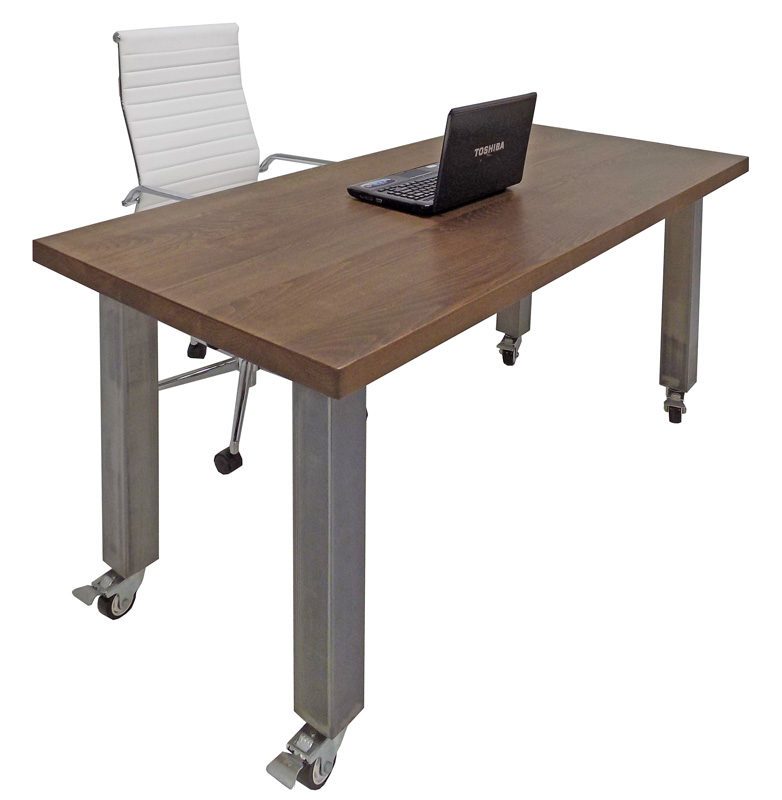
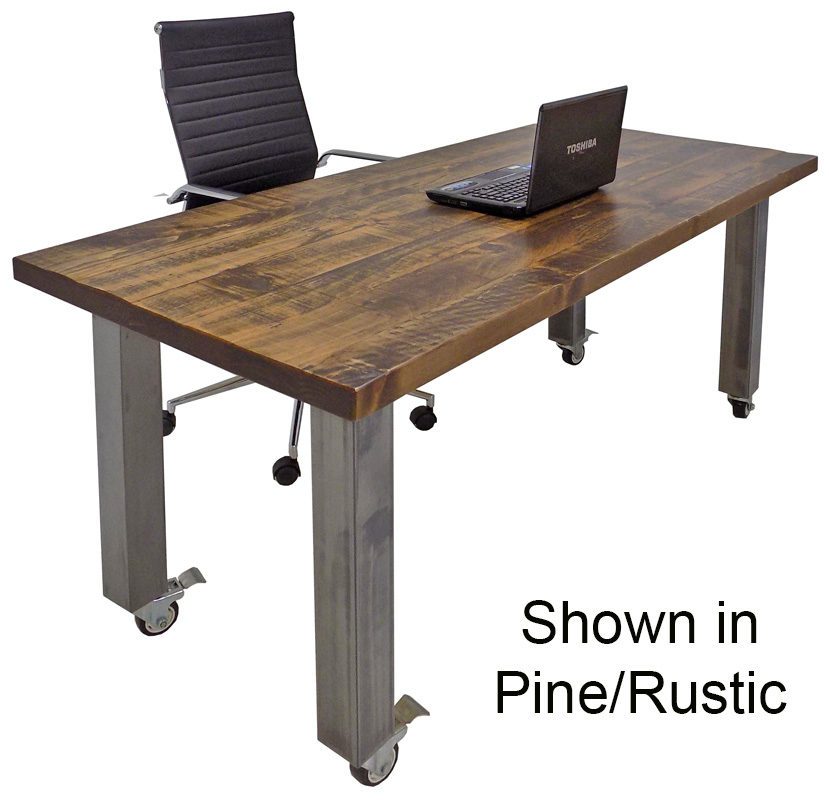
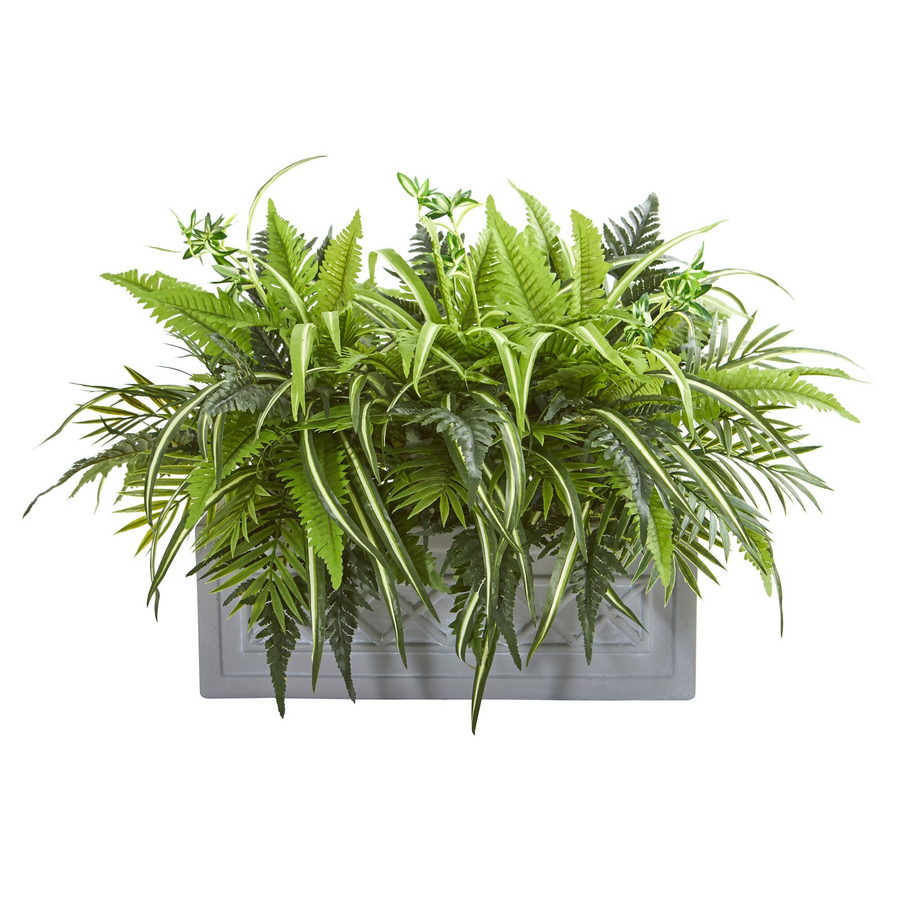

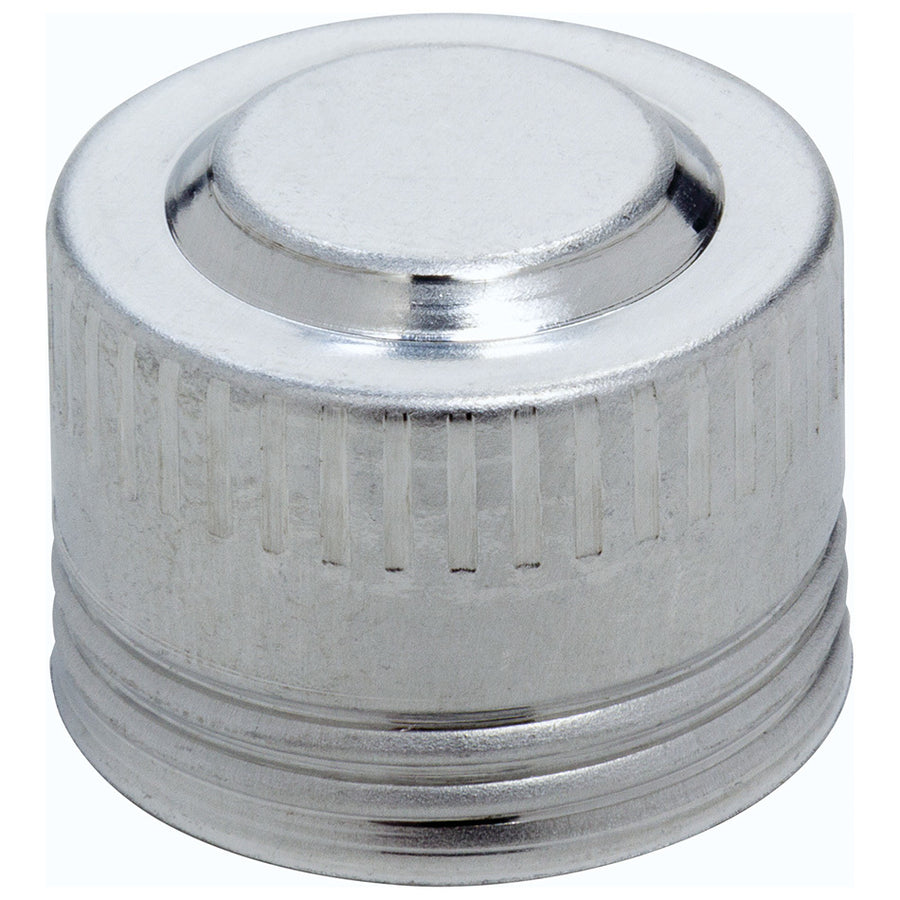
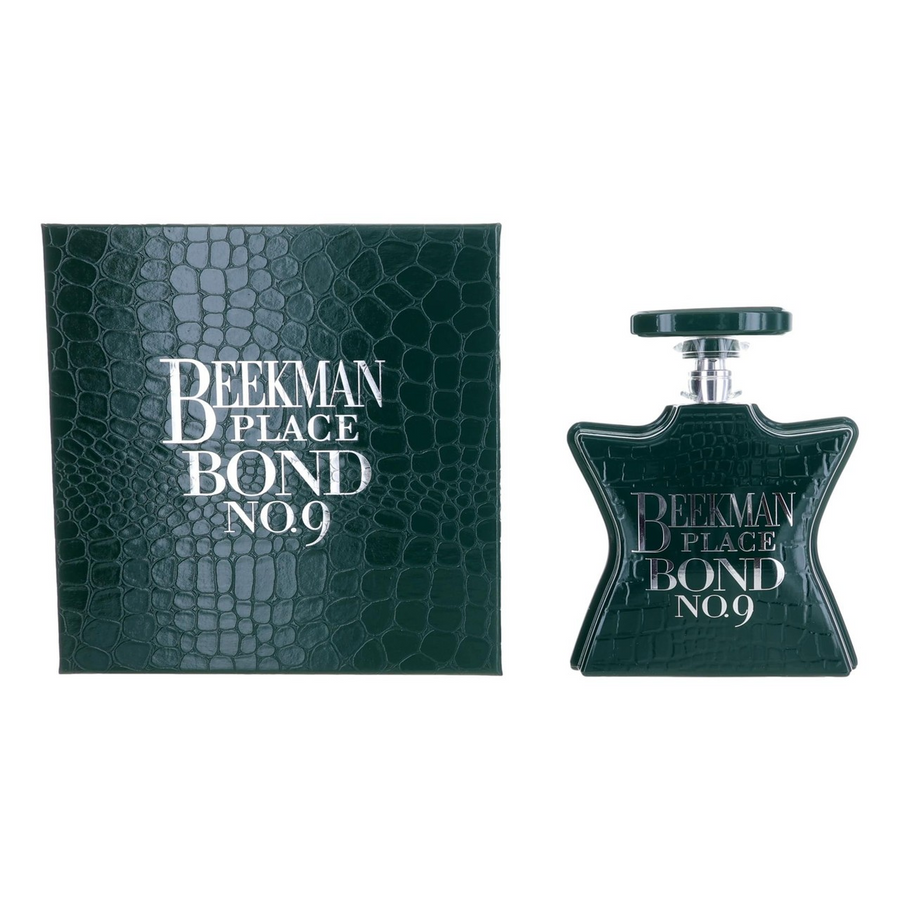
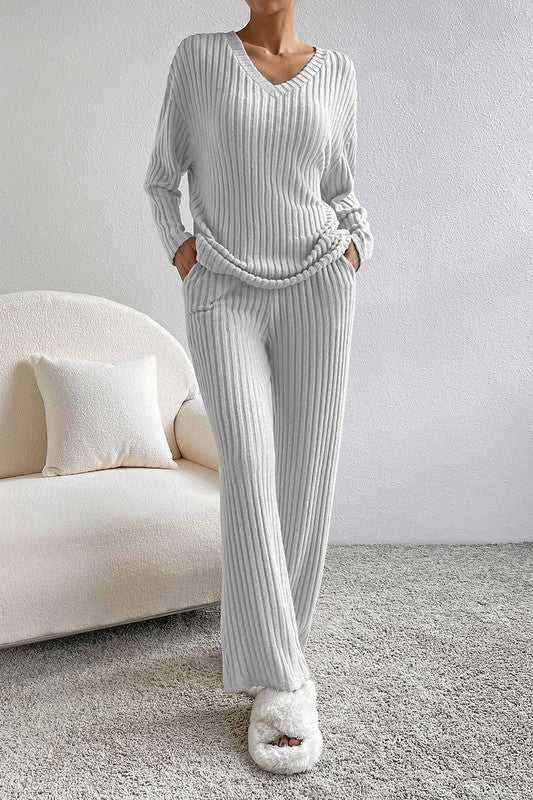
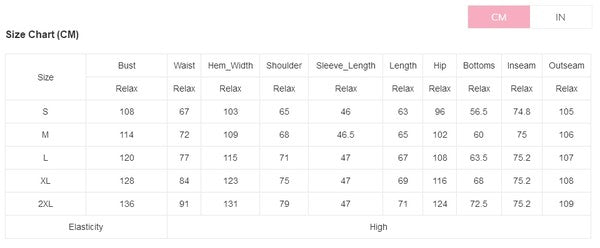
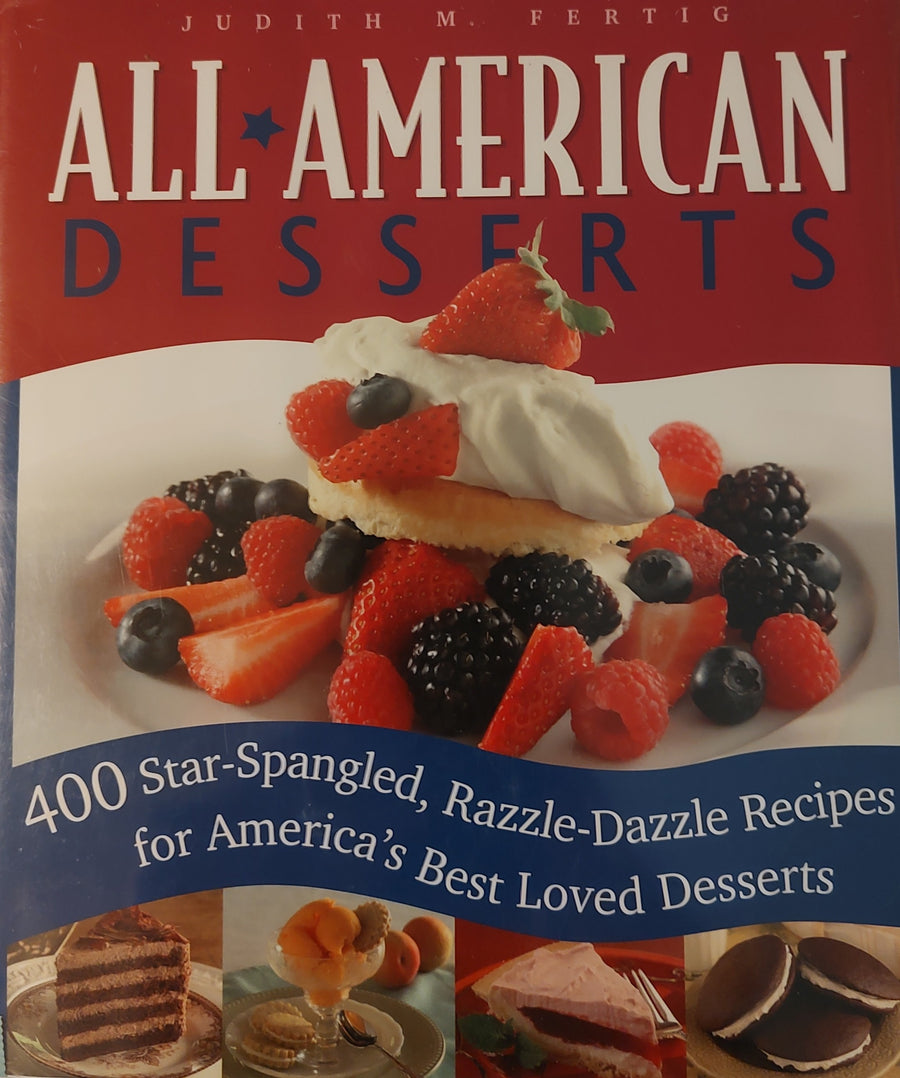



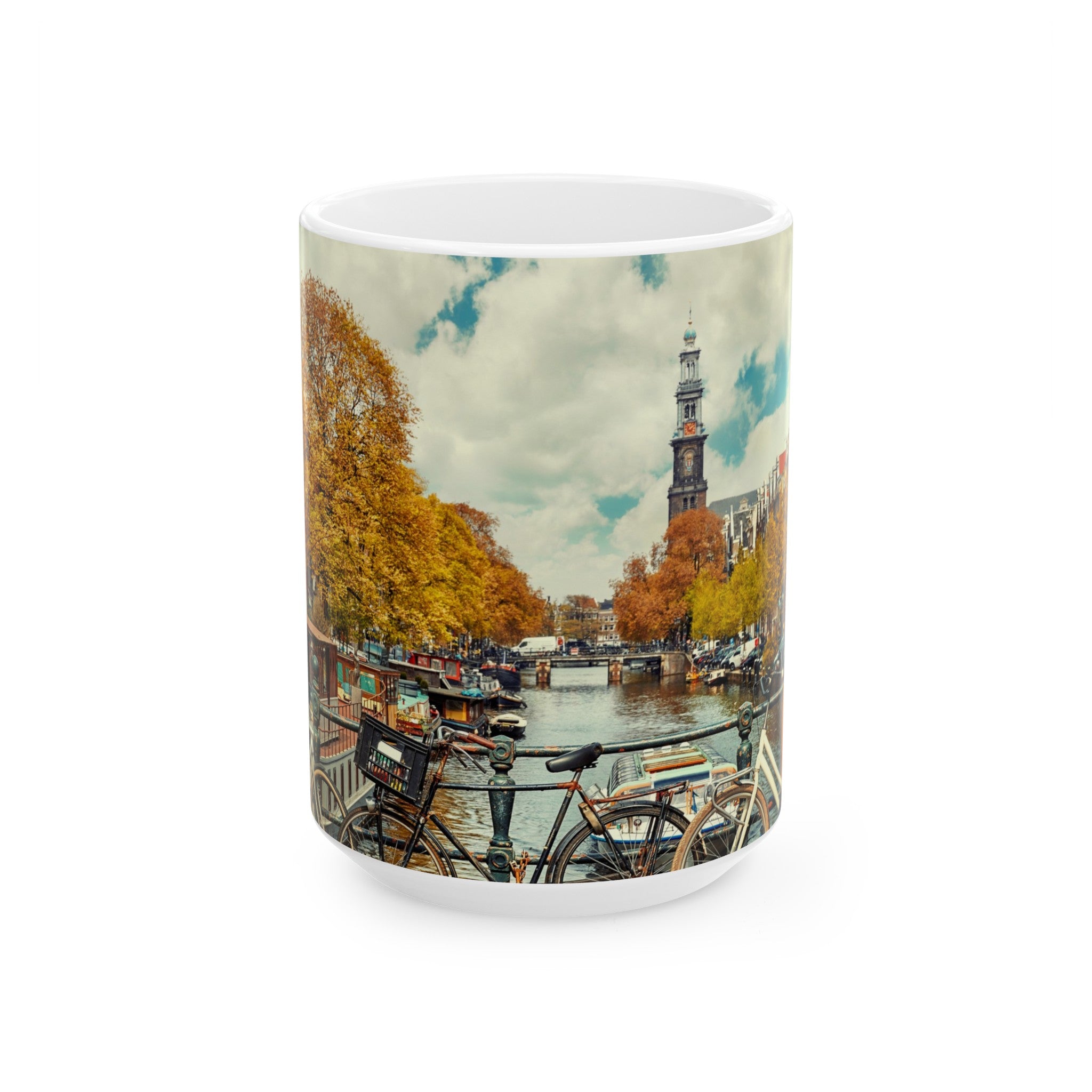
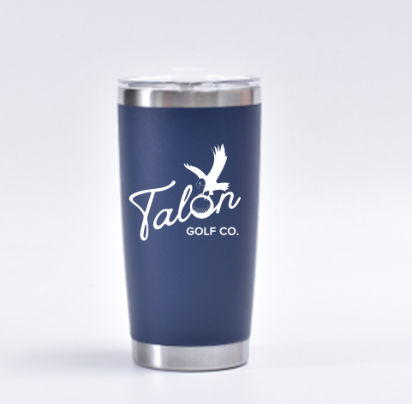


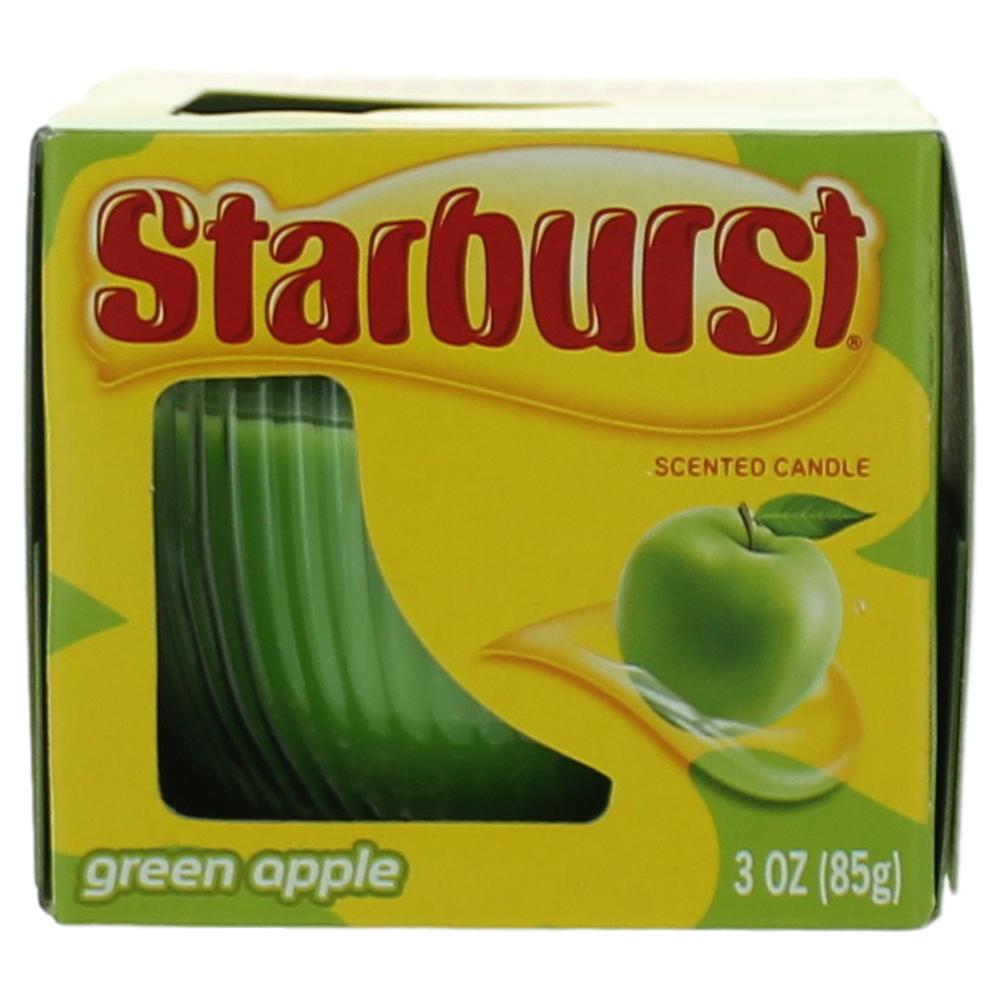
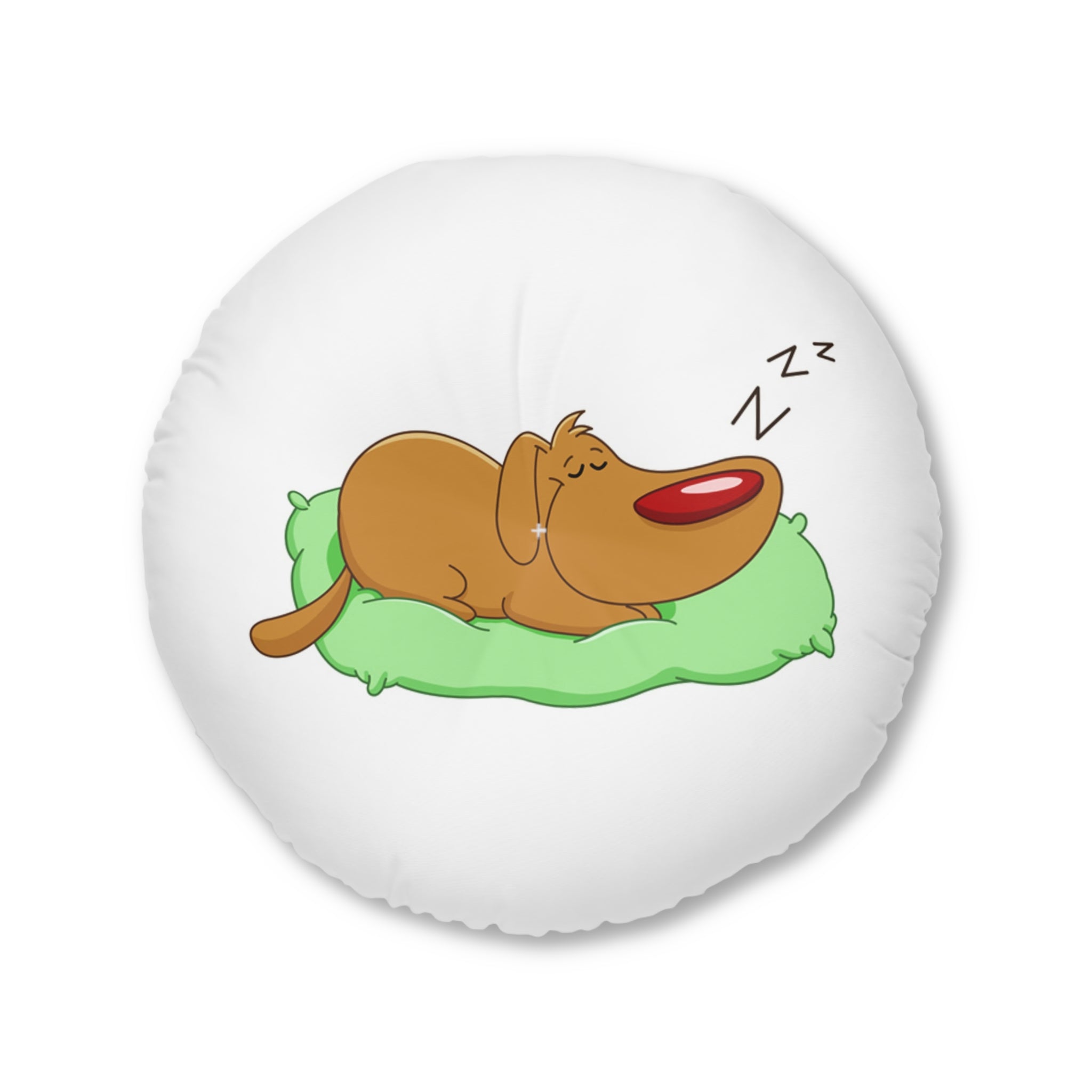
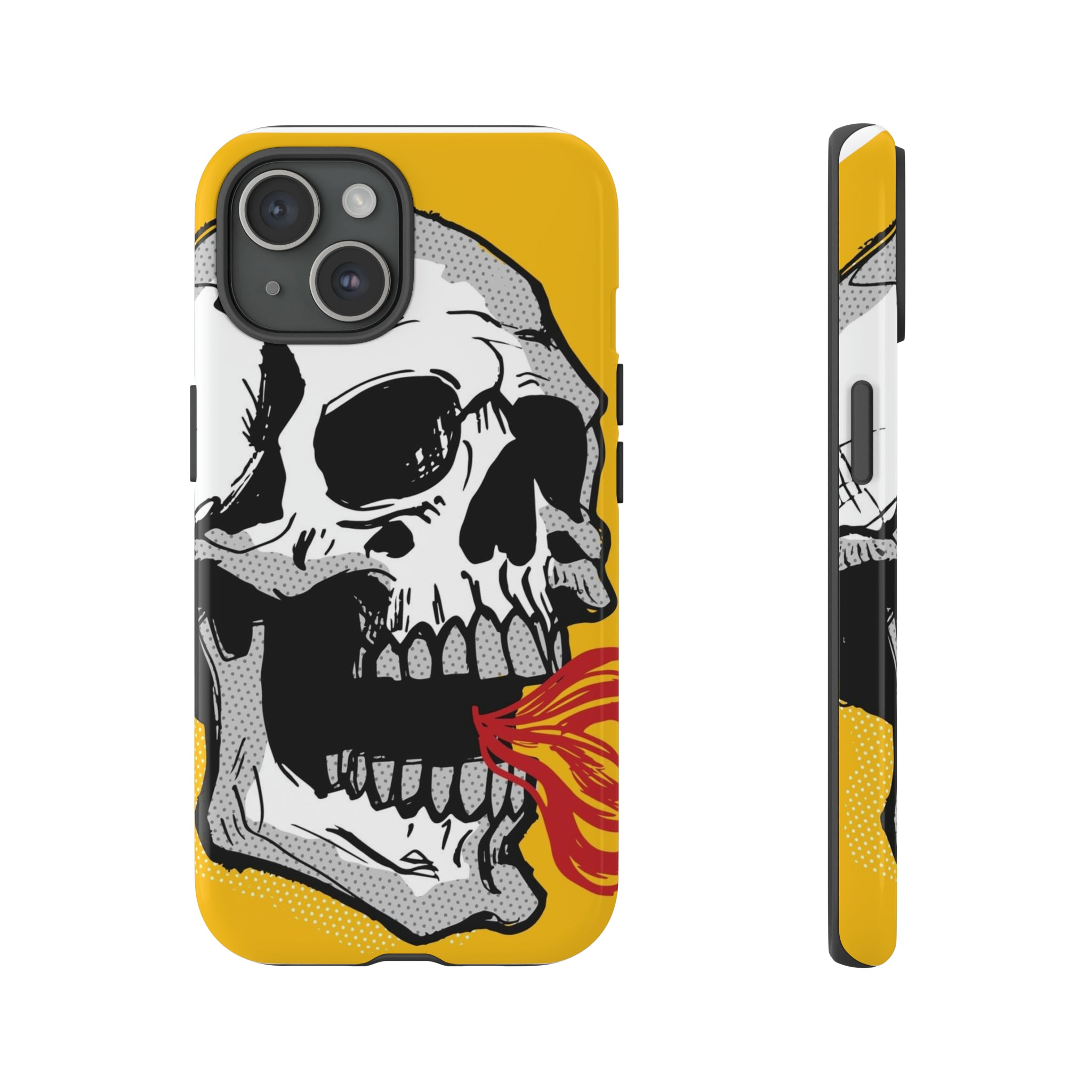

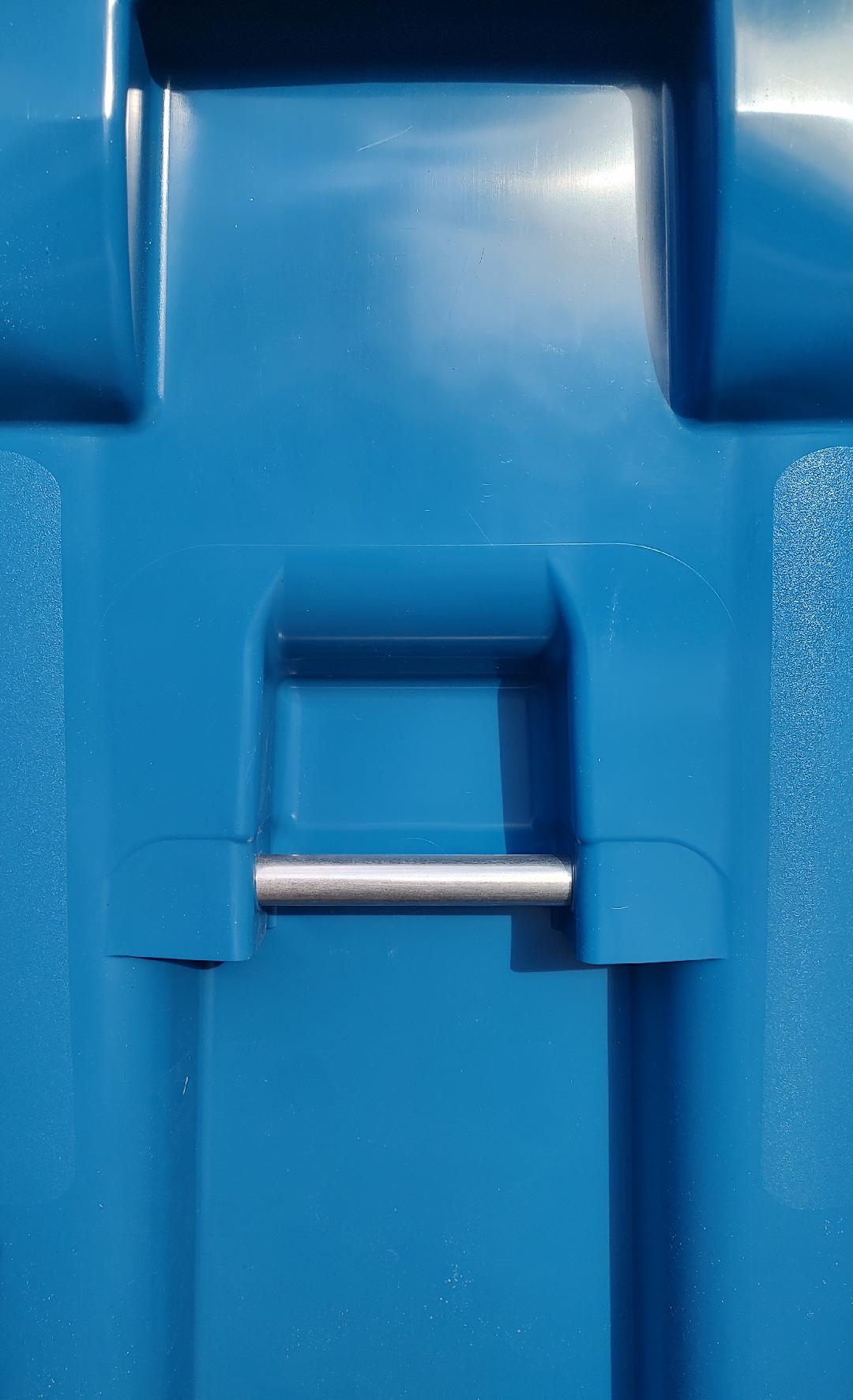


























Leave a comment